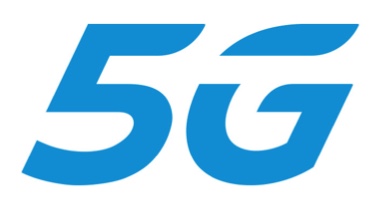Charlotte, Raleigh and Oklahoma City will join Dallas, Atlanta and Waco, Texas, as cities receiving AT&T’s mobile 5G service this year. AT&T has now disclosed half of the dozen cities it plans for the initial rollout.
The dozen will see deployment beginning by year-end, meaning some regions of each city will be able to send and receive 5G transmissions, assuming the user has one of AT&T’s 5G “pucks,” since smartphones with 5G won’t yet be available.
AT&T’s 5G service will operate in 39 GHz spectrum licensed to AT&T.
Melissa Arnoldi, president of AT&T Technology & Operations, said, “We’re on track to launch the first mobile 5G services and deliver the first device to customers this year.”
AT&T has been conducting 5G trials in South Bend, Indiana, Waco, Texas, Austin and Kalamazoo, Michigan. The company has also been active in the 3GPP’s development of 5G standards, most recently release 15, which finalized the initial version of the 5G standalone (SA) specification in June (2018). The non-standalone (NSA) specification was approved and released in December 2017.
LTE Not Dead
The push to 5G notwithstanding, AT&T continues to upgrade its 4G network to LTE-Advanced, what the company calls “5G Evolution.” LTE-Advanced uses 4 x 4 MIMO, 256-QAM modulation and carrier aggregation to increase downstream data rates, with theoretical peak rates of at least 400 Mbps. AT&T has introduced 5G Evolution to more than 140 markets and plans to extend the capability to more than 400 by the end of 2018.
To increase data rates further, AT&T just launched license assisted access (LTE-LAA) in parts of eight markets: Austin; Dallas; Houston; Little Rock, Arkansas; San Antonio; San Jose; Tampa and Tuscaloosa, Alabama. LTE-LAA taps into the 5 GHz Wi-Fi spectrum to add bandwidth, with theoretical peak speeds of 1 Gbps.
AT&T’s LTE-LAA service — previously deployed in Boston; Chicago; Indianapolis; Los Angeles; McAllen, Texas; San Francisco and Sacramento — is now in 15 markets.

